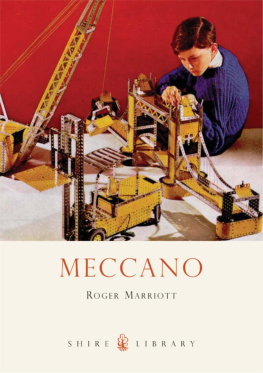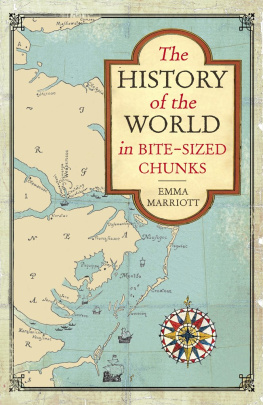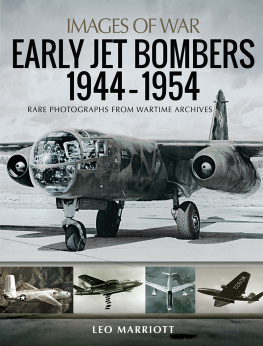Roger Marriott - Meccano
Here you can read online Roger Marriott - Meccano full text of the book (entire story) in english for free. Download pdf and epub, get meaning, cover and reviews about this ebook. year: 2019, genre: Non-fiction. Description of the work, (preface) as well as reviews are available. Best literature library LitArk.com created for fans of good reading and offers a wide selection of genres:
Romance novel
Science fiction
Adventure
Detective
Science
History
Home and family
Prose
Art
Politics
Computer
Non-fiction
Religion
Business
Children
Humor
Choose a favorite category and find really read worthwhile books. Enjoy immersion in the world of imagination, feel the emotions of the characters or learn something new for yourself, make an fascinating discovery.
- Book:Meccano
- Author:
- Genre:
- Year:2019
- Rating:3 / 5
- Favourites:Add to favourites
- Your mark:
- 60
- 1
- 2
- 3
- 4
- 5
Meccano: summary, description and annotation
We offer to read an annotation, description, summary or preface (depends on what the author of the book "Meccano" wrote himself). If you haven't found the necessary information about the book — write in the comments, we will try to find it.
Meccano — read online for free the complete book (whole text) full work
Below is the text of the book, divided by pages. System saving the place of the last page read, allows you to conveniently read the book "Meccano" online for free, without having to search again every time where you left off. Put a bookmark, and you can go to the page where you finished reading at any time.
Font size:
Interval:
Bookmark:
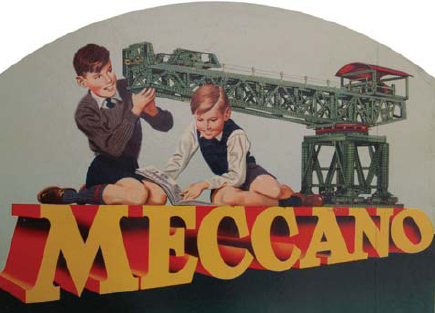

A shop display card from the early 1950s showing the iconic giant block-setting crane.
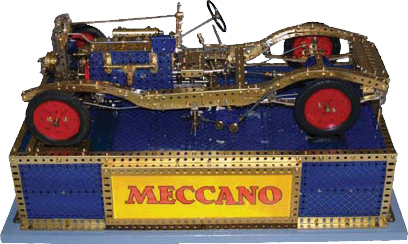
The revised Meccano chassis based on the Bentley silent sports car of 1933, the only new Supermodel leaflet to be prepared especially for the blue and gold set L (see ). Demonstration model built by the author.
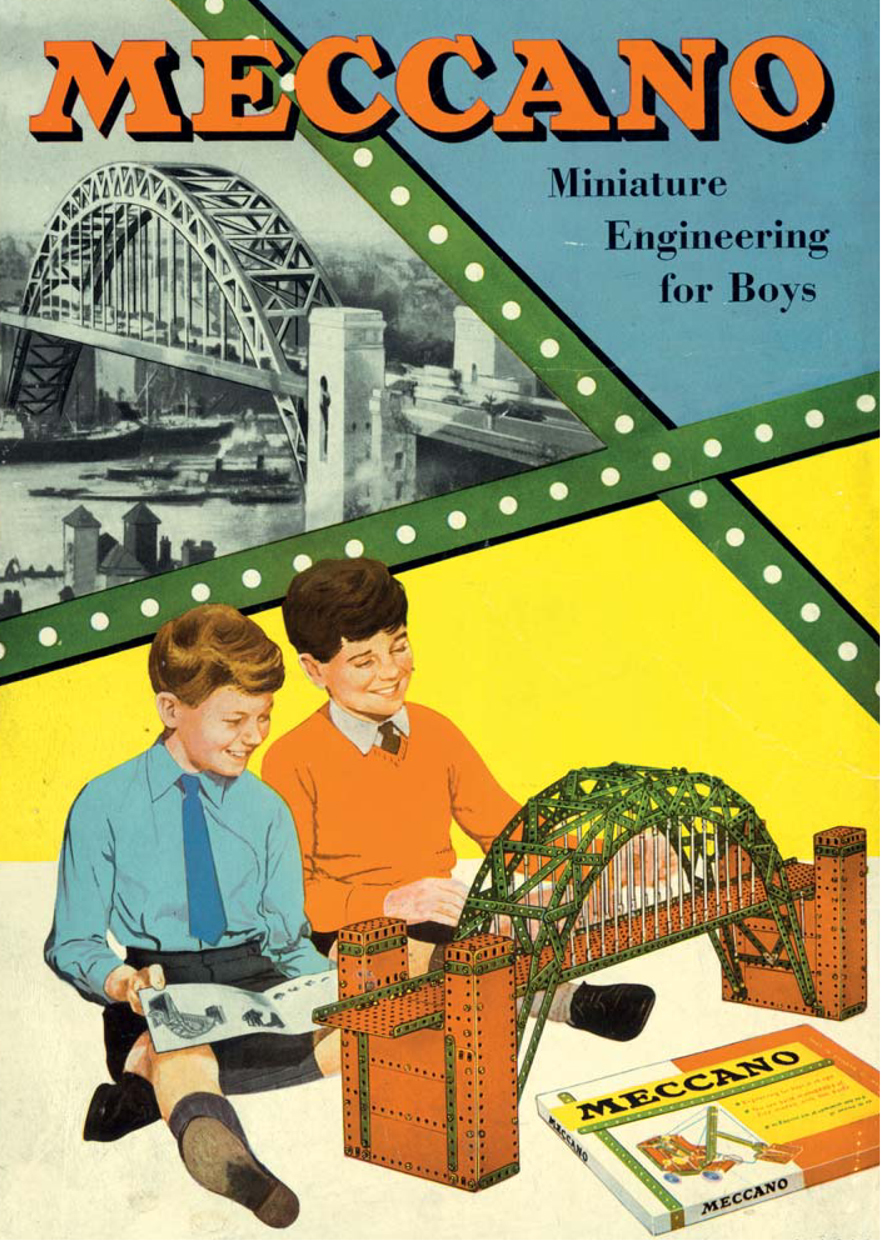
A typical shop display card from the 1960s showing industrious Meccano civil engineers constructing a famous bridge.
T HE STORY OF MECCANO is the story of five generations of boys who found enjoyment in a toy that taught the principles of mechanics and enabled them (and a few girls) to make things that really worked. It is a story that reflects the development of technology for almost a century. In 1900 Great Britain was a world power and an industrial nation that exported to a worldwide empire. Its industrial success was largely based upon the principles of mechanical engineering and steam power. The motor car was about to change society, as the railways had done fifty years earlier; electricity was an embryonic technology, but civil and mechanical engineering were transforming the world. Around 1900, when Frank Hornby had the idea of a constructional toy to amuse his two young sons, he visualised an educational toy that would enable them to understand the principles of engineering and make engineering famous to millions of other boys worldwide.
Meccano has entered the dictionary as a term in common usage, even though it is no longer the everyday toy that once almost every boy owned. Parents wanted their sons to become responsible, useful citizens with worthwhile, productive careers, and were persuaded by subtle advertising that their boys needed only Meccano to become successful engineers. This is the story behind the illustrations on Meccano instruction books and set boxes of the 1940s and 1950s, showing a pipe-smoking father looking over his sons work with obvious approval.
Frank Hornby was born into a middle-class Victorian family in 1863 and educated at the Liverpool High School for Boys, a mechanics institute founded for the training of engineers. As a young man he would have seen the prosperity of Great Britain and would have been impressed by the achievements of great engineers such as I. K. Brunel. The late nineteenth century was an age of previously unprecedented engineering achievement. Hornby considered a career in engineering but this apparently did not suit him and he was sent into business by his family. His father being a provisions wholesaler, Frank would probably have begun his career with the family business. He eventually became chief cashier for David Hugh Elliott, a Liverpool shipping merchant, but he always retained an interest in engineering, and, while on a train journey, he had an idea for an educational toy to teach boys the principles of mechanical engineering. Thirty years later, when writing the story of his invention in the Meccano Magazine, he recalled the occasion:

The evocative cover designed by W. H. Pinyon for Meccano instruction manuals in the 1950s.
One snowy Christmas Eve I was making a long railway journey and as I sat in my corner seat my mind was as usual turning over new schemes for my boys enjoyment. At that time we were experiencing trouble in our little workshop through lack of a number of small parts for building a splendid model crane I felt that what was required was parts that could be applied in different ways to many different models and that could be adjusted to give a variety of movements
The invention was not totally original, as other toy construction systems had been made, but Hornbys had the key characteristic of using interchangeable metal strips that could be bolted together through holes spaced at fixed intervals, enabling strong and rigid structures to be easily built. The key feature of the invention was a standard building unit of a -inch-wide metal strip, with fixing holes spaced every inch along the length of the strip. Hornby also realised the value of having an odd number of holes, thus providing a central fixing point, and so the strips were initially produced in three lengths: 2 inches, 5 inches and 12 inches. Using elongated holes on angle pieces enabled adjustment to be made when joining strips and girders together. The standard dimensions of the pieces and the use of 5/32-inch BSW (British Standard Whitworth) nuts and bolts have remained unchanged to this day.
Following the advice of his employer, D. H. Elliott, Hornby patented his invention. Some years later, he recalled the setting of his first patent:
I claim that Meccano is the original application of the basic principles of engineering to a metal constructional or mechanical toy. It was on this basis that I obtained the first patent for my invention, on 9th January 1901. (Meccano Magazine, 1932)
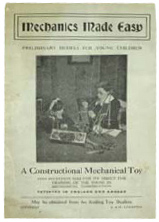
Mechanics Made Easy instruction book, c. 1906. (Courtesy of James G Gamble.)
In this way was invented the toy that would change Frank Hornbys life and the lives of many boys in the twentieth century, and that created a world of engineering in miniature.
From that initial idea and the invention of a small range of parts, the Meccano system developed into a comprehensive range of sets over the next eighty years. The range of parts, some highly specialised, expanded to enable increasingly complex models to be built. The basic principles would remain the same but the presentation of the parts and sets would change dramatically. Parts were initially tin plated, then nickel plated; the introduction of painted parts in the mid-1920s was followed by changes in colour scheme, reconfiguration of sets, and a gradual reduction in the range and size of sets until the collapse of British Meccano in 1979.
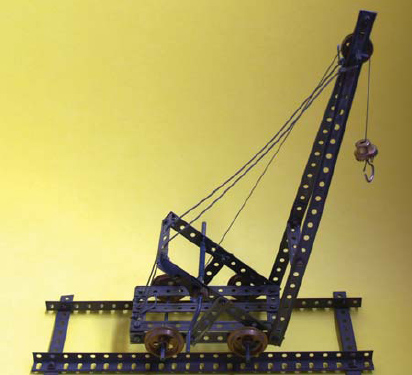
A crane similar to the example in Hornbys original patent and showing the first type of Meccano parts.
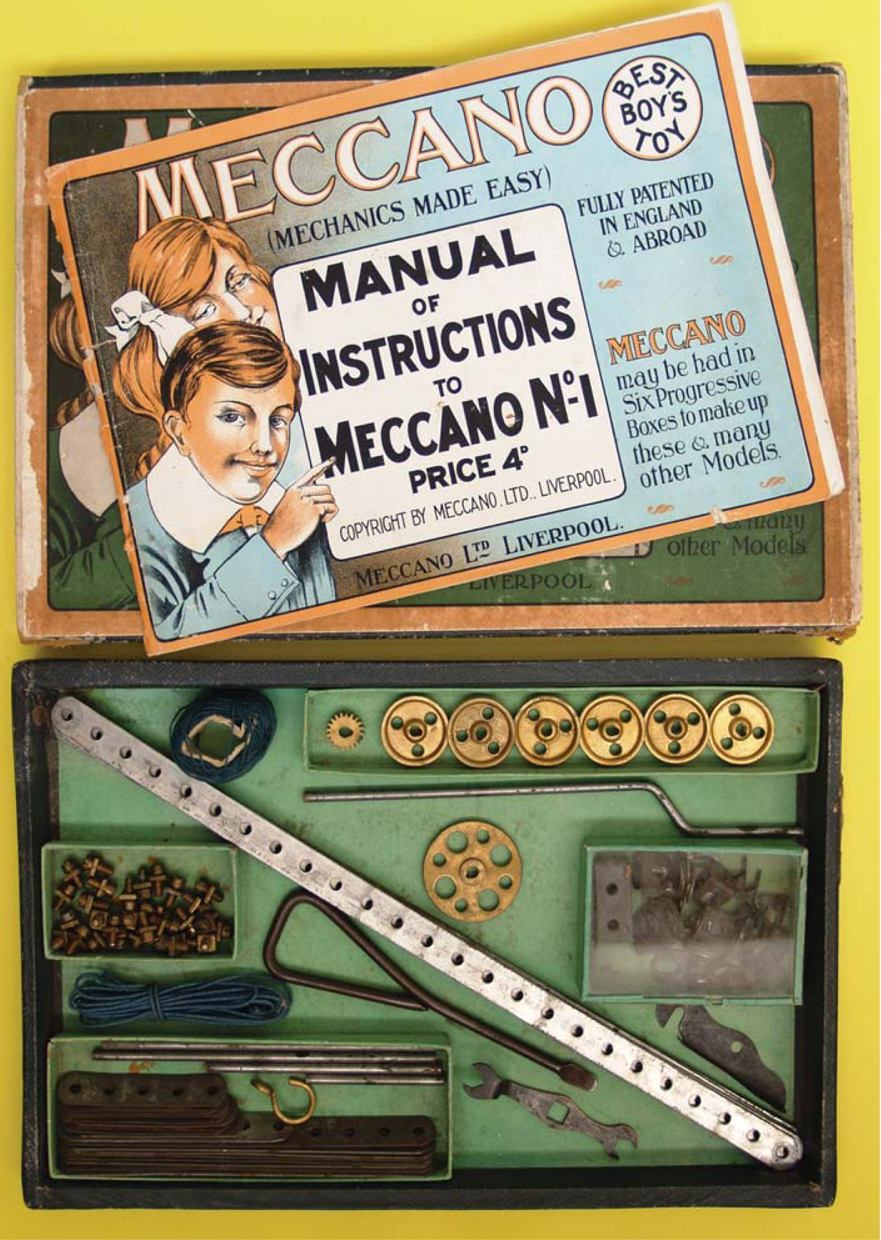
Meccano No. 1 outfit of 1908, showing the new design of carton and instruction manual.
I NITIALLY CALLED Mechanics Made Easy, the first sets of 1901 had a very limited range of parts. At first, all the parts were bought in, manufactured by other firms, and throughout these early years the strips and girders were very crudely made. (High-quality production did not begin until Hornby moved to the new factory in Binns Road, Liverpool, in 1914.) However, Hornby realised that packaging and presentation were vital to the success of his products, and so the tins containing the parts were attractively tin-printed.
Font size:
Interval:
Bookmark:
Similar books «Meccano»
Look at similar books to Meccano. We have selected literature similar in name and meaning in the hope of providing readers with more options to find new, interesting, not yet read works.
Discussion, reviews of the book Meccano and just readers' own opinions. Leave your comments, write what you think about the work, its meaning or the main characters. Specify what exactly you liked and what you didn't like, and why you think so.

